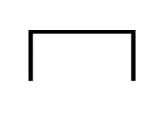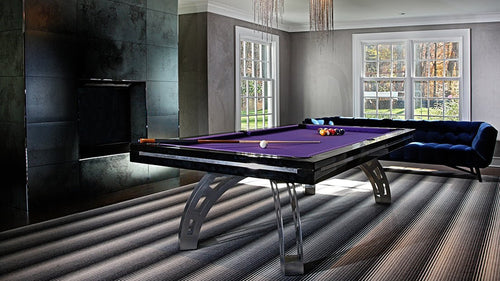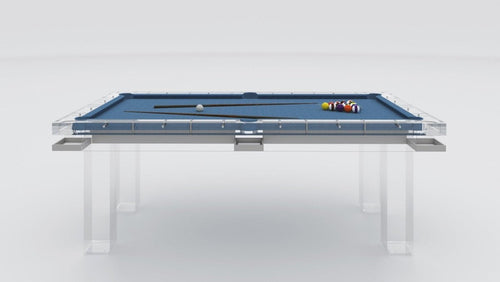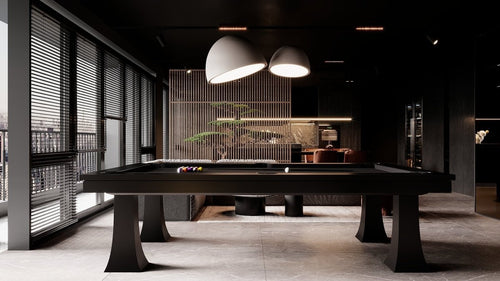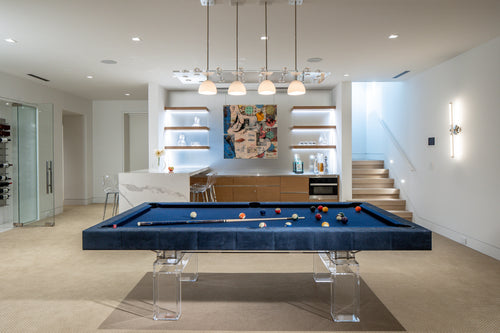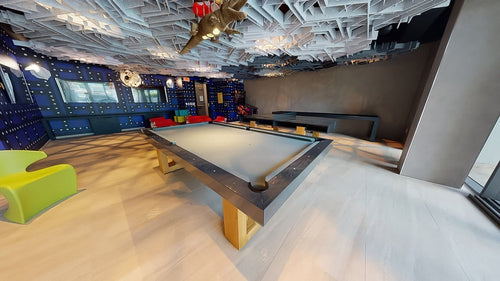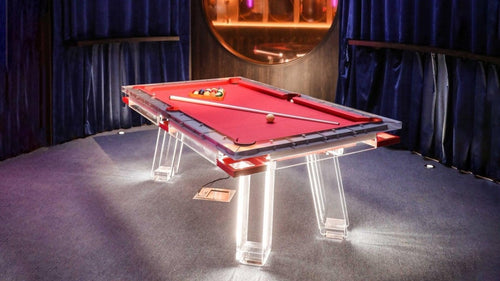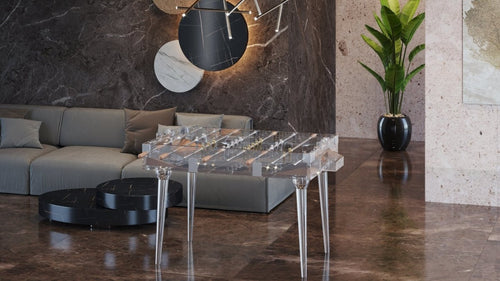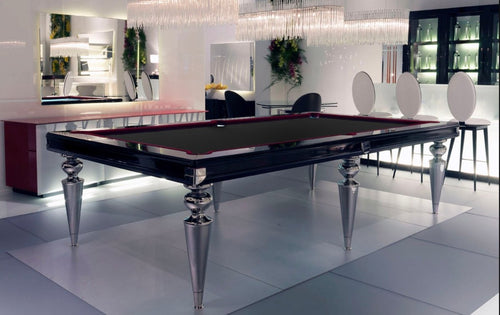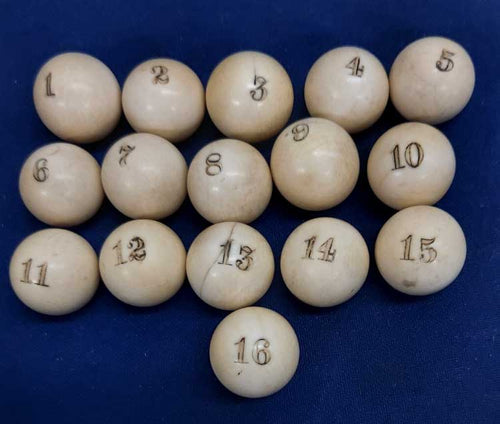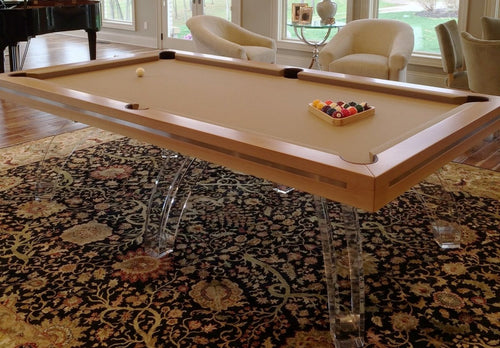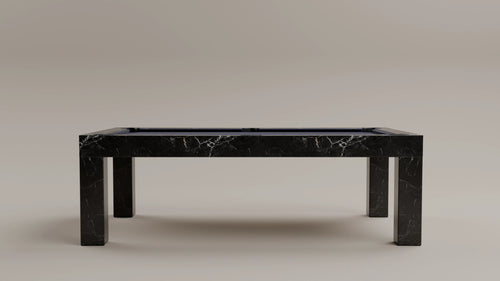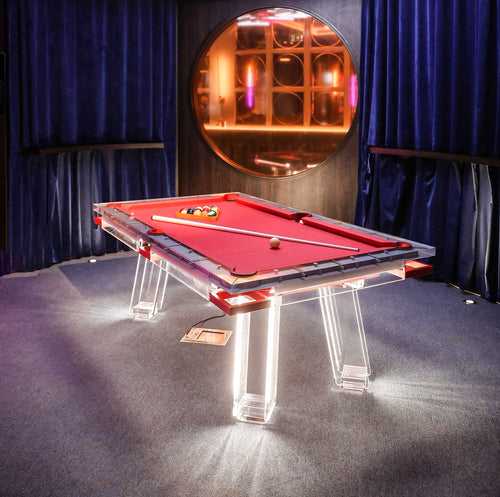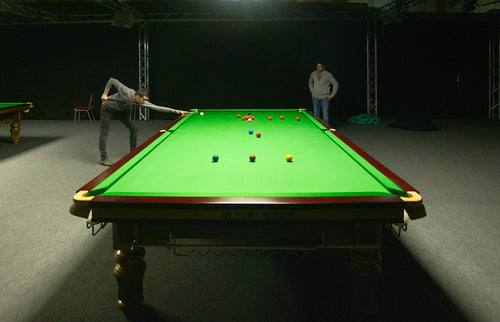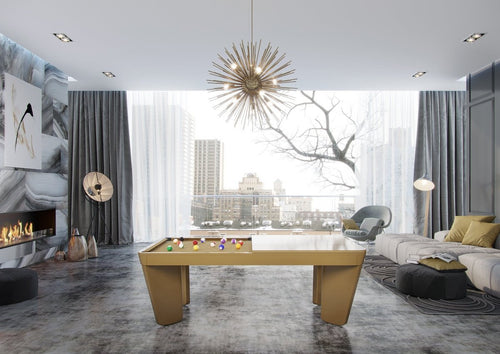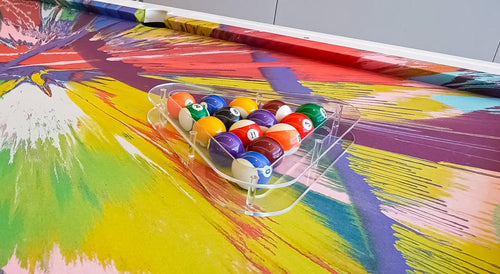Enjoy our modern designs
Estimated Read Time: 6 mins | Updated:
Introduction
Form is a core concept in interior design, influencing aesthetics, functionality, and the emotional vibe of a space. Whether it's the silhouette of furniture, architectural details, or the flow of a layout, form determines how a room feels and how people interact with it.
What Is Form in Interior Design?
Form in interior design refers to the physical shape, structure, and outline of objects in a space. It covers both geometric and organic shapes that define a room’s visual and tactile experience, impacting harmony, balance, and flow.
There are two primary types of form:
- Geometric Form: Defined shapes like squares, rectangles, circles, and triangles—used in modern, minimal, or structured interiors.
- Organic Form: More fluid, irregular shapes inspired by nature—found in boho, natural, or eclectic designs for a softer, relaxed feel.
The Importance of Form in Interior Design

- Aesthetic Appeal: The forms—angular, curved, or asymmetrical—define the overall style (modern, vintage, minimalist, organic, etc.).
- Functionality: Certain forms serve different uses (e.g., round tables encourage conversation; rectangular tables are efficient for work or dining).
- Visual Balance and Harmony: Form contributes to the balance and cohesion of a space, so it doesn’t feel overcrowded or awkward.
- Spatial Flow: Arrangement and orientation of forms determine how people move and interact within the space.
How to Use Form in Interior Design
- Furnishings: Choose furniture shapes that fit your vibe—sleek geometric sofas for minimalism, rounded chairs for organic warmth.
- Architectural Elements: Doors, windows, and walls have form. Open windows with minimal frames let in light and soften the space; angular elements add structure.
- Decor: Rugs, art, and accessories with bold shapes or curves add personality and dimension—mixing geometric and organic creates a balanced feel.
- Spatial Design: Layout and open space usage accentuate form. Symmetry = order and calm; asymmetry = energy and movement.
Examples of Form in Different Design Styles

- Modern: Clean lines and strict geometric forms—think rectangles, squares, cylinders—create a sleek, functional vibe.
- Bohemian: Soft, flowing, organic forms and layered shapes for a relaxed, eclectic energy.
- Mid-Century Modern: A mix of geometric shapes and organic curves for a timeless, balanced look.
- Industrial: Raw, angular forms and exposed materials—minimal curves, mostly straight lines and structure.
Conclusion
Form isn’t just about how things look—it’s about how they shape the way you experience a room. When you pay attention to the forms in your space, you can blend style, comfort, and function in a way that feels intentional and personal.
Elevate Your Space with Premium Forms
Explore our premium pool table collection and see how distinctive shapes can transform your game room or living area.
Explore Our Luxury TablesNeed advice on picking the right table shape? Contact us for expert recommendations.

